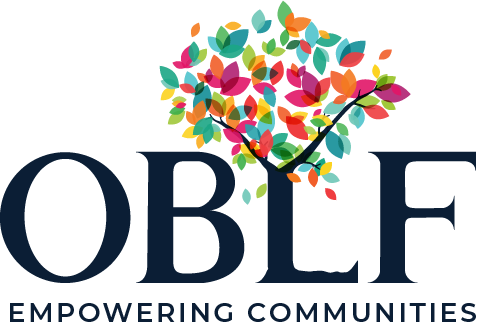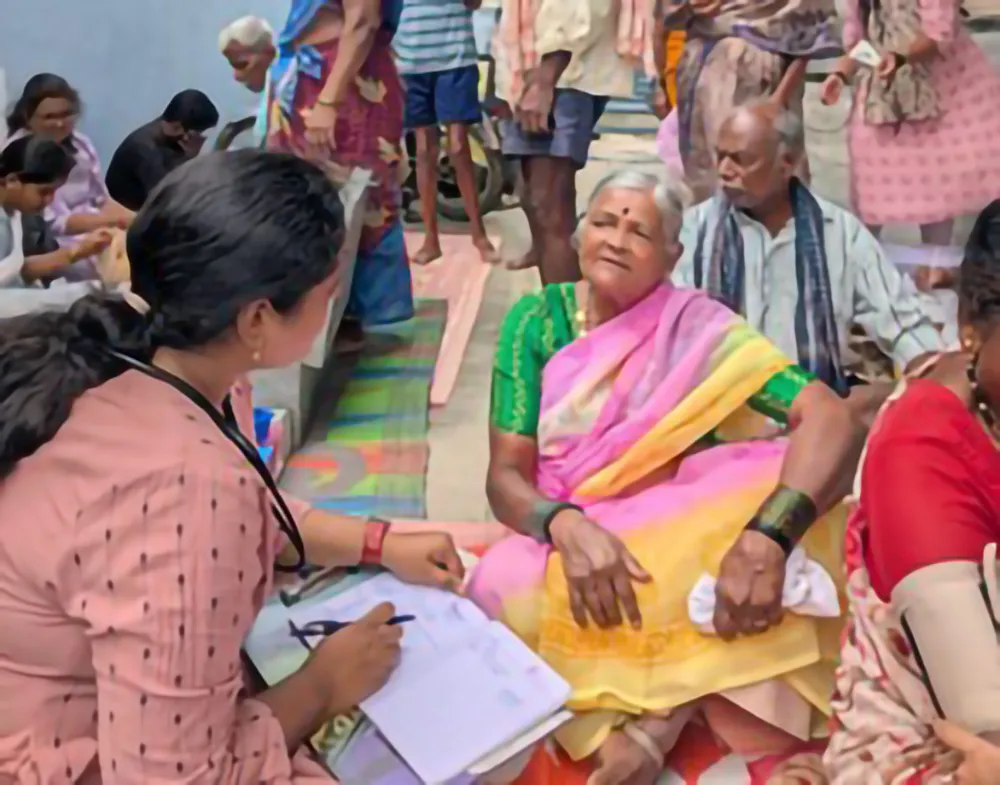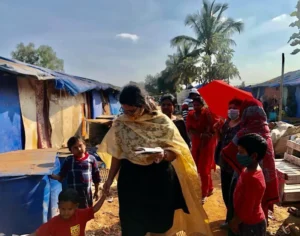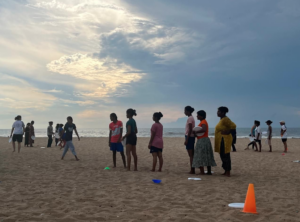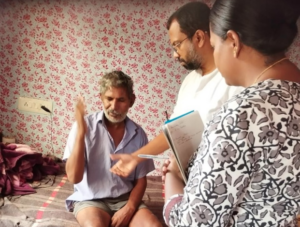Why I Stayed: A Doctor’s Journey Off the Beaten Path
As a young doctor working at OBLF for the last three years, I have grown as a physician, as a woman and as a community doctor. Throughout this journey, I have often been asked: Why are you working there? What exactly do you do? Why not join a hospital? Why are you not preparing for NEET? Why not pursue an MD or MS? Isn’t MBBS just the beginning? I rarely had answers that others found convincing. The role is not easy, each day involves travelling 40–50 kilometers to the outskirts of Bangalore, often through rough, uneven roads. But at the end of the day, there is a sense of fulfillment that is hard to explain. How do you articulate that to someone who has not lived this experience?
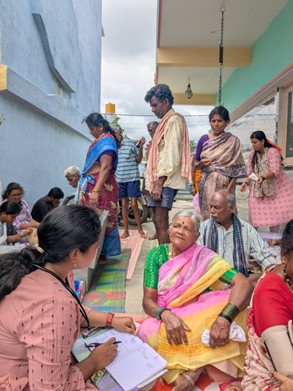
One day, as I sat in a rural village clinic, I recognised a couple in the line. They didn’t belong to the village we were in that day, but I knew their faces. They were from Choodahalli, a village inside the Bannerghatta Forest area, where we had held our clinic the previous week. They had missed that clinic. So, they made the journey to the next closest village where we were holding a clinic, just to consult and refill their medications. Both were regular patients of ours, receiving treatment for non-communicable diseases. The husband’s vitals were well-controlled, but the wife’s sugar levels were high, something that deeply worried him. He never asked about himself, always about her: “Are her sugars in control?” He carried their medical notebook and medicines in a small bag, careful and attentive.
Now in their 60s or 70s, they lived alone without any caretakers. The wife still cooked, and the husband continued to graze animals. Their children had moved out of the village, visiting only occasionally. There was something about their quiet partnership, their care for each other, their resilience that stood out. Maybe it was the kind of relationship many in our generation quietly long for, that is why, even in a room full of familiar faces, theirs felt especially memorable.
Was it easy for them to travel and reach this clinic? Not at all. Their village is located within the Bannerghatta Forest area and has only one accessible road, which is a narrow mud path. Public transport is limited to just three buses a day—one at 7 in the morning, the next at 2 in the afternoon, and the last around 5 in the evening. While they waited in line, Savitha ,who has been our Frontline health worker of Choodahalli Village for the last 3 years, was concerned that they might miss the afternoon bus and have to wait until evening. But the couple stayed calm, not trying to jump the queue or hurry their turn. Then something remarkable happened. When the health worker mentioned they were from Choodahalli, the crowd quietly stepped aside and let them go ahead. It was a small moment, but it showed the depth of community care, something that often feels missing in our so-called developed cities, where we may not even know who our neighbours are. They travelled 4 to 5 kilometres on a rough road and waited patiently, just so he could ask, like always, if his wife’s sugar levels were under control.
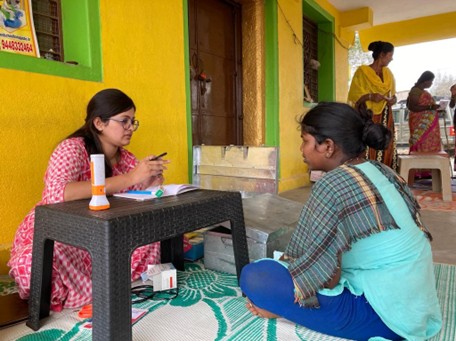
Maybe all they really needed was a trusted face and a moment of reassurance. It made me pause and reflect. Isn’t this exactly why I chose this path over sitting in an air-conditioned room in a big hospital? The love, the trust, the quiet determination of people who travel 5 to 6 kilometres at their age just to consult, this is the real motivation. Even when ten others feel difficult to manage, just one moment like this makes it all worth it. This is the reason behind that deep sense of satisfaction at the end of the day.
Dr. Anvitha Shetty has been a doctor at OBLF for the last 3 years and has been practicing since the last 4-5 years. She graduated in the year 2020 from Srinivas Institute of medical science and research centre affiliated to the Rajiv Gandhi Institute of Health Sciences (RGUHS). She started her journey as a covid medical hospital doctor at the district hospital in Udupi and eventually joined OBLF, with a determination to serve the rural and inaccessible sector of the society.
